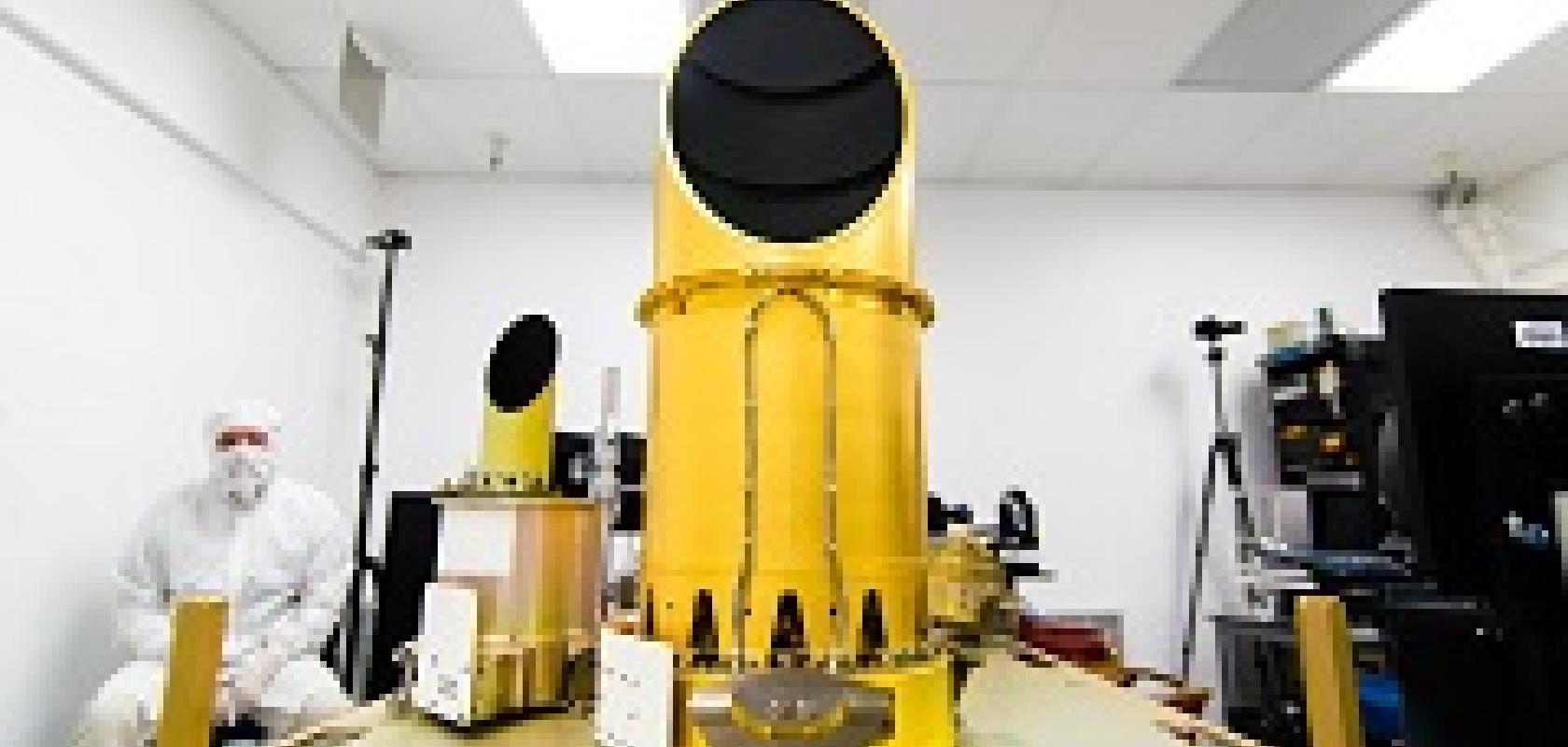Image sensors designed to behave similar to the retina of a human eye have been launched into space as part of the OSIRIS-REx mission to take samples from the asteroid Bennu.
The spacecraft was launched earlier this month. It will reach Bennu in 2018 and return a sample to Earth in 2023.
Teledyne Dalsa has developed three high resolution detectors alongside the University of Arizona that will serve as ‘retinas’ for the OSIRIS-REx mission to the asteroid Bennu, which launched earlier this month. The spacecraft will reach Bennu in 2018 and return a sample to Earth in 2023.
The high resolution image sensors aboard the OSIRIS-REx Camera Suite (OCAMS) were designed, constructed and tested over a period of four years, by Teledyne Dalsa alongside the University of Arizona. They will behave in a manner similar to the retina of a human eye, spotting the asteroid from more than a million miles away and monitoring the sampling process when the craft comes within 10 feet of its surface.
The CCD detectors are space-qualified, radiation-hardened and feature very low dark signal with a low read-out noise. They power each of the three cameras that comprise the OCAMS, which perform the tasks of collecting telescopic images on approach, collecting colour imagery and delivering context imagery during sample collection.
‘Our mission tries to attempt a lot of things at the same time,’ OCAMS instrument scientist Bashar Rizk said. ‘Navigation, mapping, reconnaissance, sample site selection, sampling - we do it on the same trip, so we need to understand what is going on at the asteroid at all times, so we can make decisions in real-time when we're there. The most important goal of these cameras is to maximise the chances of successfully bringing back a sample.’
A further two Teledyne subsidiaries also contributed to the mission: Teledyne Optech provided the design of the OSIRIS-REx Laser Altimeter (OLA), which will scan Bennu’s surface and create a high-resolution 3D map of the entire asteroid; and Teledyne Scientific and Imaging provided a visible-infrared detector to the OSIRIS-REx Visible and Infrared Spectrometer (OVIRS) that will produce spectral maps of the asteroid’s surface to determine its mineral and organic content.
‘We are pleased to contribute specialised imaging components to the OSIRIS-REx mission and congratulate the team at UA’s Lunar and Planetary Laboratory as well as our own custom solutions team for their contributions in furthering science through space exploration,’ commented Colin Flood, vice president of Teledyne Dalsa Advanced Imaging.
Further Information:


